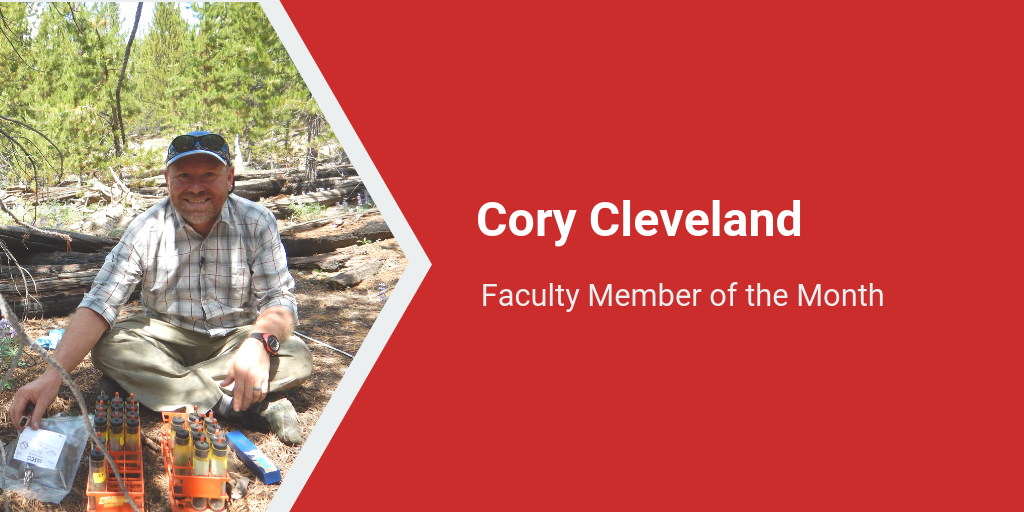Drug discovery isn’t getting any easier. Development of new pharmaceuticals–and improvement of existing ones–is a time-consuming and expensive process. Therefore, maximizing benefits–and reducing side effects–from compounds that already have known medicinal, or proto-medicinal, properties is an attractive option.
Today we have a meeting report from F1000 Member David Stephens, who is in the Department of Biochemistry at Bristol University. David went to the recent Biochemical Society/Wellcome Trust Focused Meeting on Cellular cytoskeletal motor proteins, held at the Wellcome Trust Genome Campus near Cambridge. For a fantastic summary of the state of the art…
You might remember an interview with Desmond Julian here at NS. We talked to Desmond because it fitted well with the launch of the British Heart Foundation’s Mending Broken Hearts campaign complete with talking fish. Last month we also published the results of our Best Places to Work (Postdocs) survey, in which University College London…
While Faculty of 1000 is the go-to website for all life science and medicine researchers, we don’t really cater for high school or college students. This is the nature of the enterprise: our F1000 Members select research papers for their relevance to other working researchers, to keep abreast with what’s new or exciting (or both)…
It was a Friday morning, and I had just emailed my department chair, along with the dean above him: “I will be sending my letter of resignation shortly, but you can take this as the informal notice.” Who, in their right mind, would give up a tenured job at the prestigious University of North Carolina…
This week’s news includes the spread of an antibiotic-resistant gene in microbes and international efforts to curb the rise of antibiotic resistance, the development of tiny kidneys from stem cells, the identification of the first patient in the Geron hESC trial, a 3D model of rat whiskers, and the genetic basis of caffeine fiends.
One of the highlights, if you can call it that, of working in Cambridge was the not infrequent chance to visit the now-defunct Synchrotron Radiation Source at Daresbury. Although I spent many hours in one or other of the experimental hutches, coaxing diffraction patterns from reluctant crystals, I never got to see inside any of…
One of the best kept secrets in the blogging world is the annual collection of blog posts, the Open Laboratory book, brainchild of blogfather Bora Zivkovic. I’ve been in it a couple of times (and helped edit it one year), and the 2010 edition is now out, complete with a contribution from our very own…
If you’ve been keeping up with us on Facebook and Twitter, you might have seen a discussion on the concept of ecosystem-based fishery management, which includes a dissent from Nando Boero and response from the original evaluator, Chris Kennedy.
Professor Geoffrey Burnstock proposed the purinergic hypothesis, describing what is probably the most primitive (oldest) signalling pathway in the body. He cloned the first purinergic receptor in the early ’90s, and is now excited about the pathophysiology of these receptors, and especially their application to potential treatments for many diseases, including epilepsy, Alzheimer’s and cystic…






